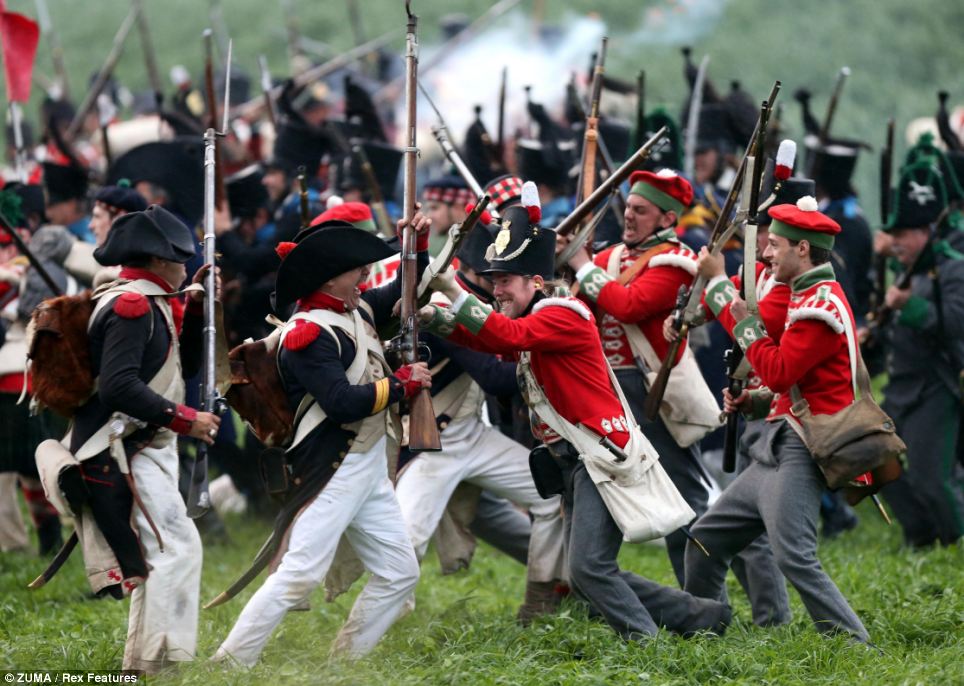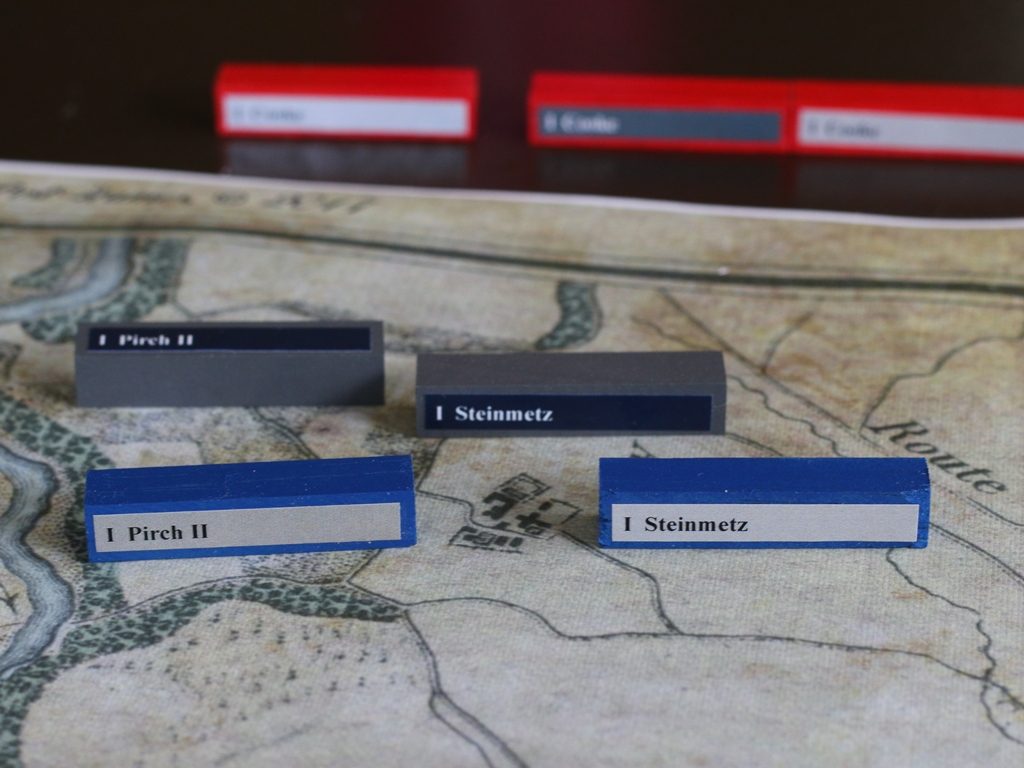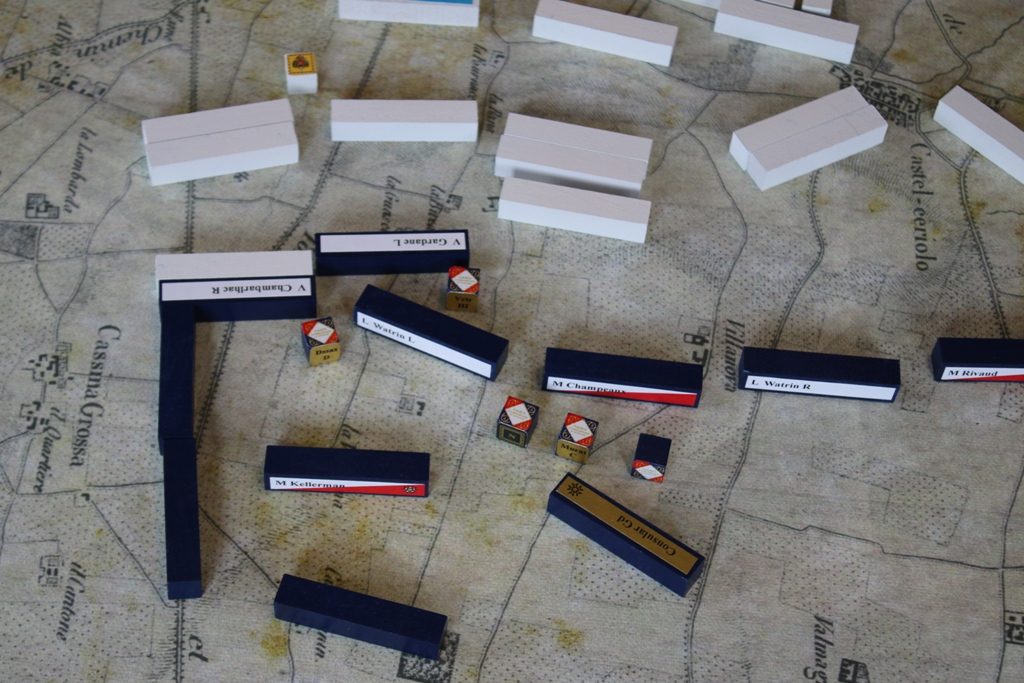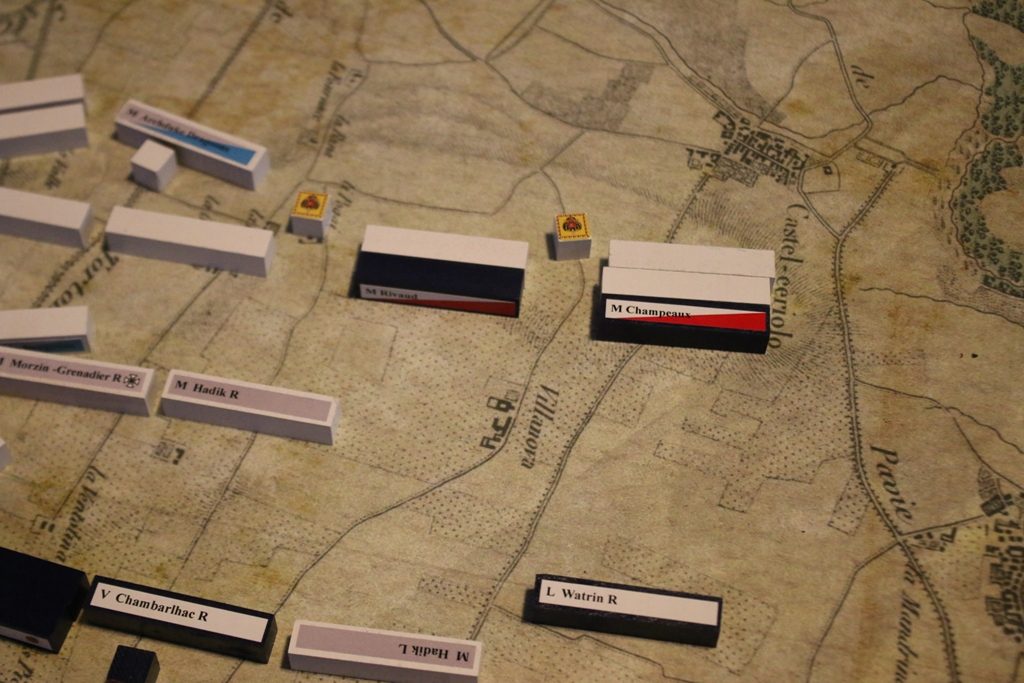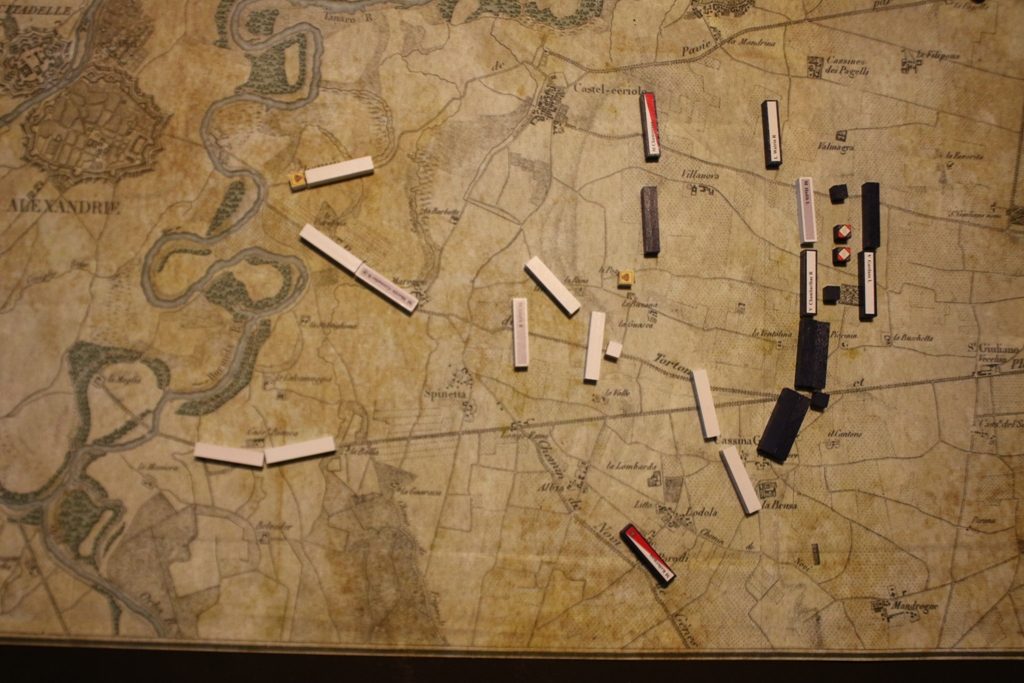“To unfailing defend, defend that which is never attacked. To be unfailingly victorious when attacking, attack that which is never defended.”
How would Sun Tzu command the Colonials at Brandywine? Are there any lessons here we can learn from his wisdom?
Washington came up with a plan. He prepared for the British attack. Sun Tzu would say this is a mistake.
“Do not attack the enemy. Attack the enemy’s plan.”
Attacking the enemy’s plan is exactly what the British did. How could Washington have attacked the enemy’s plan? He couldn’t. He had a failure in intelligence. He didn’t understand the true enemy’s plan until it was too late. At the real battle, Washington was caught by surprise. He deployed assuming the enemy’s approach. This is why Sun Tzu strongly emphasizes intelligence gathering. If you don’t know what is going on or what the enemy is up to, how can you attack his plan?
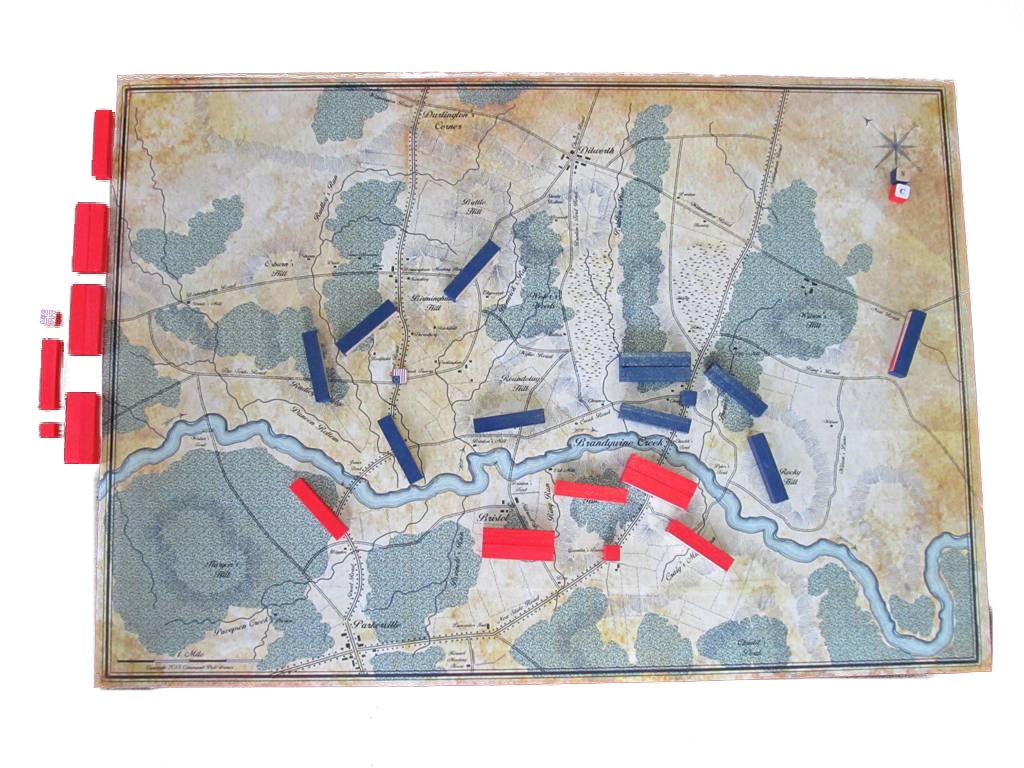
How can you re-create the element of surprise in a game? You have the historical map. The historical OB. The British are flanking. There is no surprise to the player in most games like this. Often times games like this come with ‘bandaid’ rules. Rules that handcuff players and force them to do stupid things. Force them to sit for several turns of delay before they can respond. Other games on Brandywine force the Colonials to setup historically. They begin the game badly out of position. This is not so in Pub Battles.
Remarkably, the Colonial player is free to setup anywhere he wants. Free to have any plan he wants and react immediately. How could that work in a game? Wouldn’t that doom the British to an automatic defeat? No. This is something Pub Battles pulls off remarkably well. The Colonials are truly surprised. How? Because they must setup first. The British setup second and can enter on either flank. As a result, the British can ‘see’ the Colonial plan and then attack it!

This does an amazing job of recreating the historical sense of panic and urgency in the Colonial player. The game starts off and feels like a scramble for survival. This is what the battle really was. It is recreating the historical feel. What can the Colonial player do? This is a significant handicap. Can the Colonial player ever win? How should you setup?
First of all, if intell is your biggest concern, what can you glean from the British Wing deployed on board? Where are they? What is there intent? What does that tell you about where the flanking wing is likely to attack.
I feel it is a mistake for the Colonials to setup committed to any specific course of action. You are supposed to be receiving an attack. Not launching one. You do at least have the foreknowledge that a surprise flank attack is possible and in fact very likely. Also consider that you have a massive intell failure. Where is the enemy? Where are they coming from? Before the game, you have no idea.
How can you ‘attack the enemy plan’ if you don’t even know what that is? In this situation, I think Sun Tzu would say: Be mysterious and formless. Gathering intell is your first mission. How do you setup before you have any intell? In a mysterious and formless void. Napoleon liked the central position. This is a position of power. This situation calls for the bulk of your forces to be held in a central reserve, surrounded by a thin, delaying screen for recon. All roads should be blocked to prevent a rapid road march deep into your interior. More cavalry would be helpful but you only have 1.
Think about this from the perspective of the British. How do they attack your weakness? There is none. You’re just a big scattered blob. They might as well just flip a coin to decide where to attack from. Wherever your central reserve is, make sure it is on roads so that they can rapidly respond to the flanking threat.

Which force should you use as the reserve? This is a dilemma. Washington’s force can react quicker. –If using the RPWG, Washington can move immediately without waiting to receive written orders. This is a nice advantage but Washington’s force includes the Cav, Militia and Artillery. Greene’s force is larger and contains more brute force. Which is better?
Many players want to attack with the Colonials. It may feel good but remember, you aren’t there to defeat the British and win the war in 1 battle. You’ll be lucky to survive. Keep the victory conditions in mind. To ‘win’ you don’t have to beat them. You have to delay their advance (by holding the major roads) and save your army (maintaining a reasonable balance of losses).
Keep losses in mind while fighting. This is a common mistake I see Colonial players make. You want to WIN! You want to beat the British and throw them back! The battles can be very exciting. You take a hit. The British lead piece doesn’t but it’s not an elite. You don’t want to run away. You want to hold the position. You want to WIN right?
You want to win the battle, NOT this particular combat. Do you have to win this fight? How critical is it to winning the battle? If your lead piece is flipped but the British lead is not, there is a much bigger chance that you will lose that piece if you fight another round. That will cost a VP. What is the current VP count? Can you afford that loss? If you retreat from this fight, can you still have a reasonable chance of holding the major roads before the battle is over? All too often I see Colonial players losing points on casualties over battles they ‘want to’ win, not ‘have to’ win.
How do YOU play the Colonials? What is the best setup? What is the best defense? Do you have a favorite? What seems to work the best? What works very badly? Share your thoughts here!





